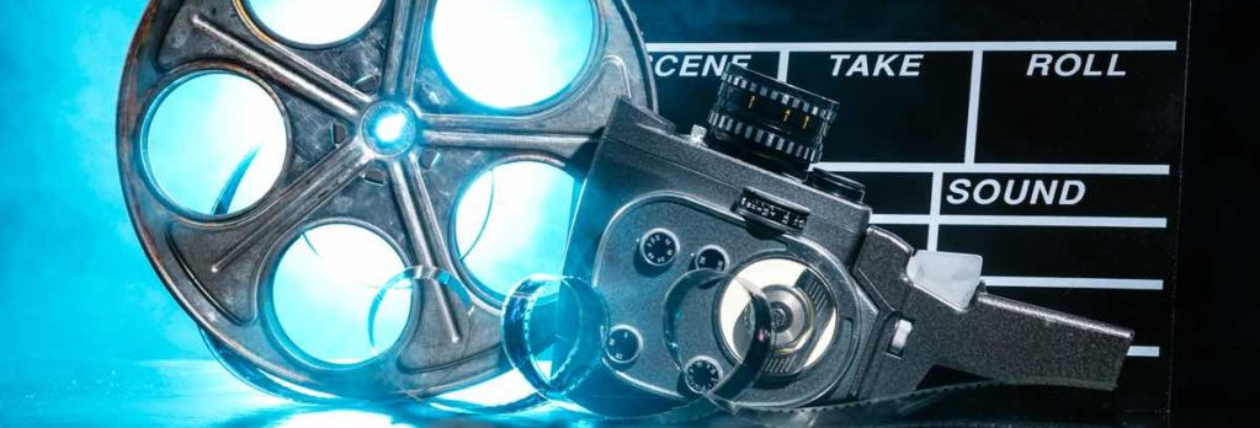Representation of Gender –
Men –

Men such as Lil Ze and carrot, are represented as being highly patriarchal and on occasions evil with their actions. Without the access to a proper education, which is proved by their inability to read, their immaturity can stem from this and the culture that surrounds them of gang culture within the neglected slums of the City of God. Men however are also represented as being rational and forced to become involved with the reaction to survive or get revenge such as with Rocket and Knock-out Ned.
Women –

Women in City of God are represented as being mainly as accessories to men, shown throughout the film as being love interests and not having much screen time compared to the male actors. In the film they are often the victims of violence at the hands of men such as the Women in act 1 who was beaten to death for cheating, the motel workers shot dead and Knockout Neds girlfriend who was sexually assaulted by Lil Ze.
Aesthetics –
Tone –
Tone in ‘City of God’ Distancing effect is used with Lil Dice’s reveal as a psychopath, who enjoys killing and is further added to by this from the use of a soundtrack and POV shots putting us in the place of his victims. This distances the viewer from the immersion to remind them they are watching a film because its seriousness of mass-killing over the span of his childhood and teens is played off as his characters rambunctious personality type which is further shown with the choice of music.
Visual Style –
Visual style in City of God can be seen with the use of colour grading. Colour grading is present in both the past and present aspects of the film, with the sandy slums of the tender trio having a brighter more warm tint to it to the much darker shaded scenes of the slums in the city of God. Perhaps used intentionally, the tone of the past with the tender trio represents a more stable time where only their gang ran the slums, it isn’t until when we get into the later parts of the film we can see how armies of gangs have formed.
Realism –

In City of God, we can see with the use of a hyperreality, how the aesthetic is set out within the film. Based on a true event, the film exaggerates the true story with large scale wars, subplots and more. How a hyper-reality can be said to used is with the use of a distorted reality of events, to make it presentable in film and immersive.



































